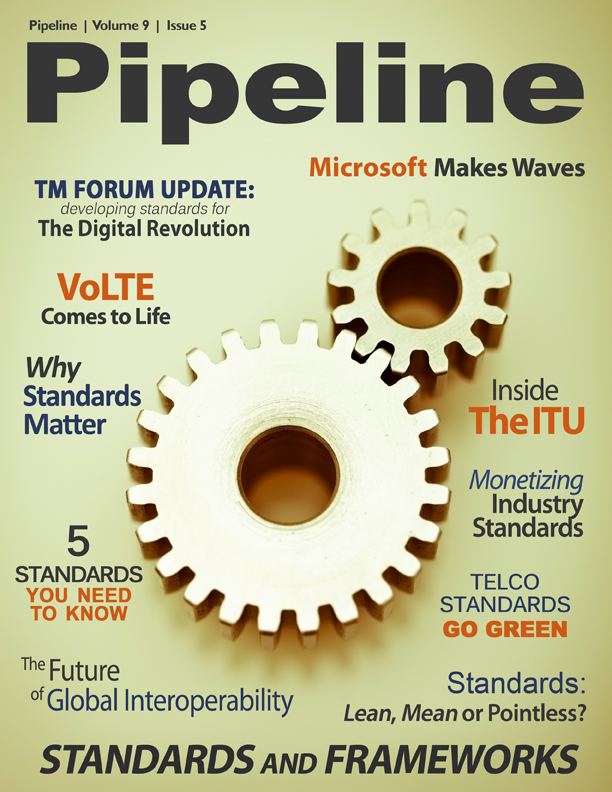5 Standards That Will Change the Future
Service providers have been active as well. China Mobile plans to launch a converged TD/FD LTE network in Hong Kong, Vodafone and Yota have publicly supported unified LTE, and 3 Scandinavia has deployed a unified LTE network. In the United States 4G wholesaler Clearwire is working with chipmaker Sequans on “performance testing and certification, standards development, and the creation of devices to support multi-band, multi-mode TD-LTE and FDD-LTE solutions.”
Analysts are predicting it's only a matter of time before unified LTE is a reality. Wireless research group Maravedis-Rethink projects 458 million dual-mode (TD-LTE + FDD-LTE) devices will be activated in the next four years. “By 2016, more than 80% of LTE devices activated worldwide will be dual-mode, meaning they will support both FDD and TDD duplexing modes."
5G
Most of the world has yet to experience 4G, but it's not too early to start talking about 5G, especially if you're Alcatel-Lucent, Bell Labs or Telefonica. While none of these organizations is
developing a 5G standard (that’s up to the ITU-R), they are preparing for the world of 5G, and delivered a compelling presentation to that end at Mobile World Congress.
"5G won't be about more speed, necessarily," said Tod Sizer, wireless research leader at Alcatel-Lucent's (ALU) Bell Labs. "It may be faster, but it will be more about meeting the expectation of
service quality."
Meeting service-quality expectations will be challenging with 4G networks; some analysts expect global networks will be clogged (due in no small part to M2M traffic) within five years. The
standard for the fifth generation of mobile connectivity will require intelligent networks that easily handle billions of connections with stability and superior service quality. "The trend of
telephony is now headed towards machines that connect to the network," said Sizer. "Networks will have to understand each application and know what quality means."
In cellular technology we probably won't see 5G as a deployed standard until 2020, but the Wi-Fi world is already pushing a 5G standard. Companies like Broadcom and Netgear are pushing
fifth-generation technology and 5G routers, which take advantage of the IEEE 802.11ac standard and the 5Ghz spectrum. Netgear recently demonstrated a 5G router effortlessly streaming four
high-definition (1080p) movies simultaneously to four devices. Two different 5G standards may cause some confusion in the marketplace, but it's also possible that the two 5Gs may dovetail in the
future, particularly in light of the deepening connection between Wi-Fi and cellular access vis-a-vis Hotspot 2.0 and ANDSF.



















